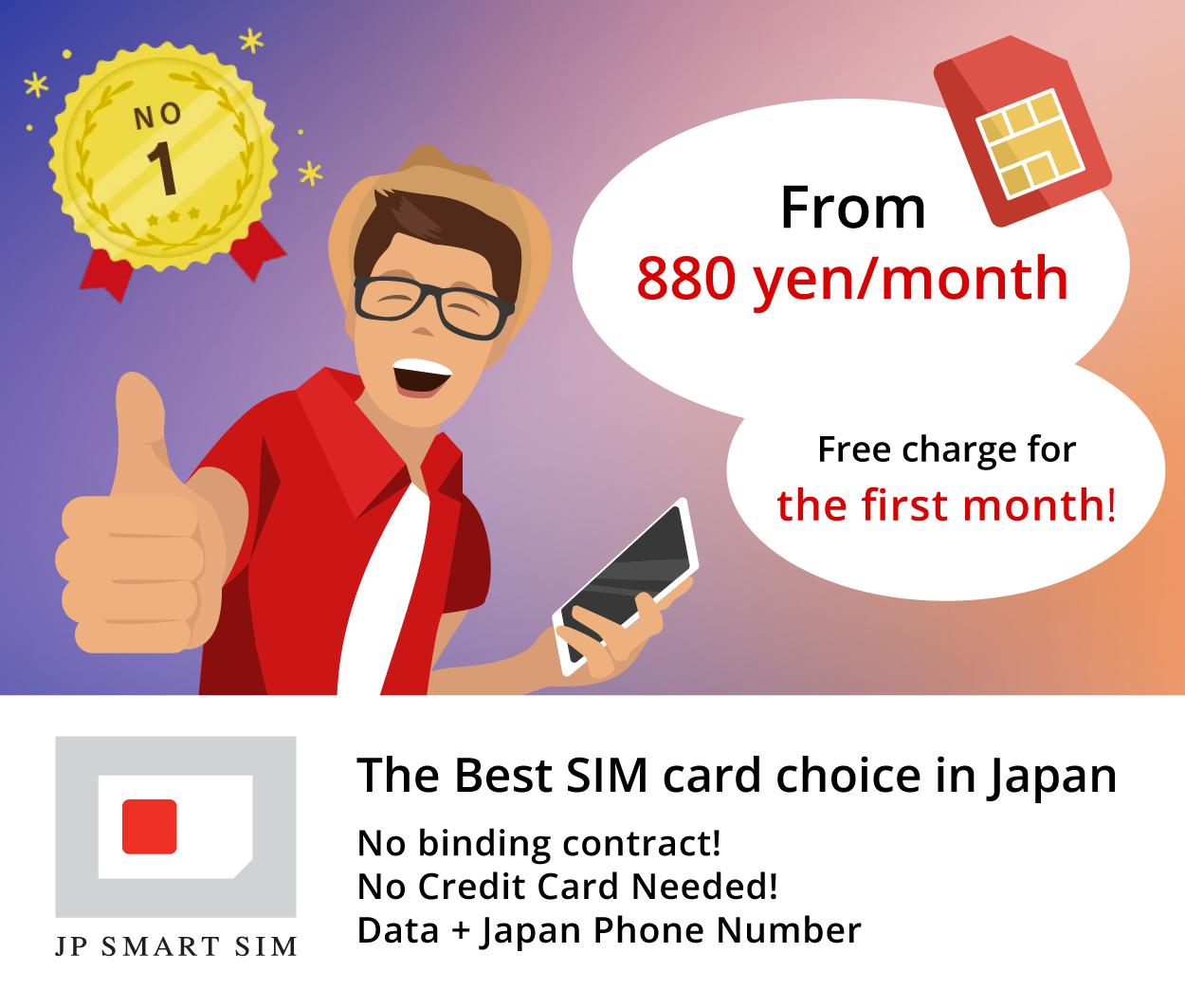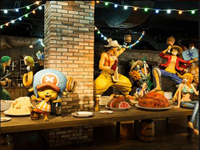Hakone-en
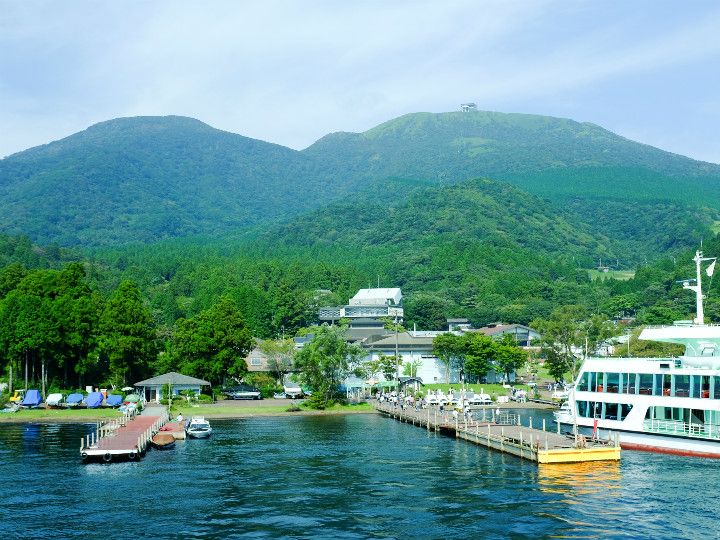

(Source: K2ラボ / PIXTA(ピクスタ) )
Aquariums
Hakone-en has three aquariums: a fresh-water aquarium, a salt water aquarium, and Baikal Seal Square. With thousands of fish on display, you can see divers dive into the tank and feed fish, and seals mimicking people as if they are enjoying hot springs.
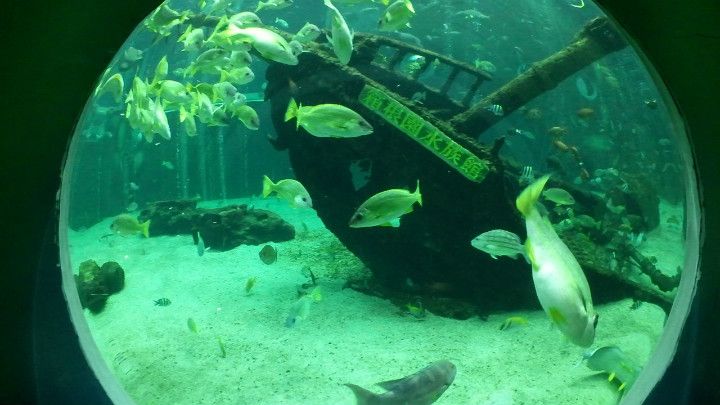
(Source: 水族館に行ってまいります。)
Various Rides
At Hakone-en, you have access to a ropeway, motor boats, and pleasure boats. Pleasure boats are popular because it runs at a relaxed speed so that passengers can enjoy the beautiful scenery.
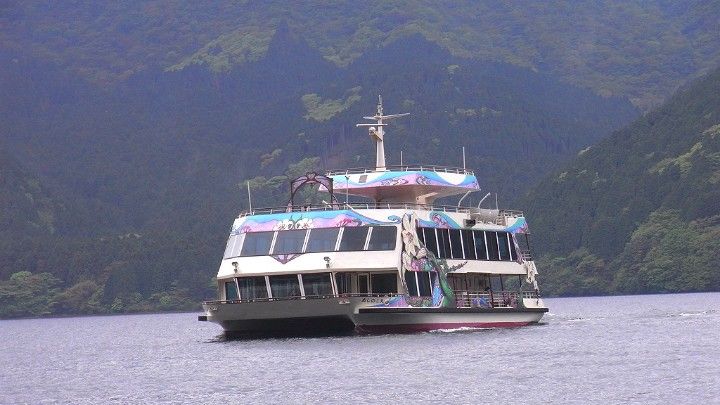
(Source: ★Kumiko★/flickr)
Yosegi Zaiku
Yosegi zaiku is a traditional craft to make boxes or coasters comprised of various wooden chips often seen in Hakone, where Hakone-en is located. Hakone-en has a facility to sell the handiwork of yosegi zaiku and exhibits how to make them along with the raw materials. It is a great place to learn this traditional culture of Hakone.

(Source: まえぴーの旅日記・鉄道フォトギャラリー)

(Source: K2ラボ / PIXTA(ピクスタ) )
Aquariums
Hakone-en has three aquariums: a fresh-water aquarium, a salt water aquarium, and Baikal Seal Square. With thousands of fish on display, you can see divers dive into the tank and feed fish, and seals mimicking people as if they are enjoying hot springs.

(Source: 水族館に行ってまいります。)
Various Rides
At Hakone-en, you have access to a ropeway, motor boats, and pleasure boats. Pleasure boats are popular because it runs at a relaxed speed so that passengers can enjoy the beautiful scenery.

(Source: ★Kumiko★/flickr)
Yosegi Zaiku
Yosegi zaiku is a traditional craft to make boxes or coasters comprised of various wooden chips often seen in Hakone, where Hakone-en is located. Hakone-en has a facility to sell the handiwork of yosegi zaiku and exhibits how to make them along with the raw materials. It is a great place to learn this traditional culture of Hakone.

(Source: まえぴーの旅日記・鉄道フォトギャラリー)
